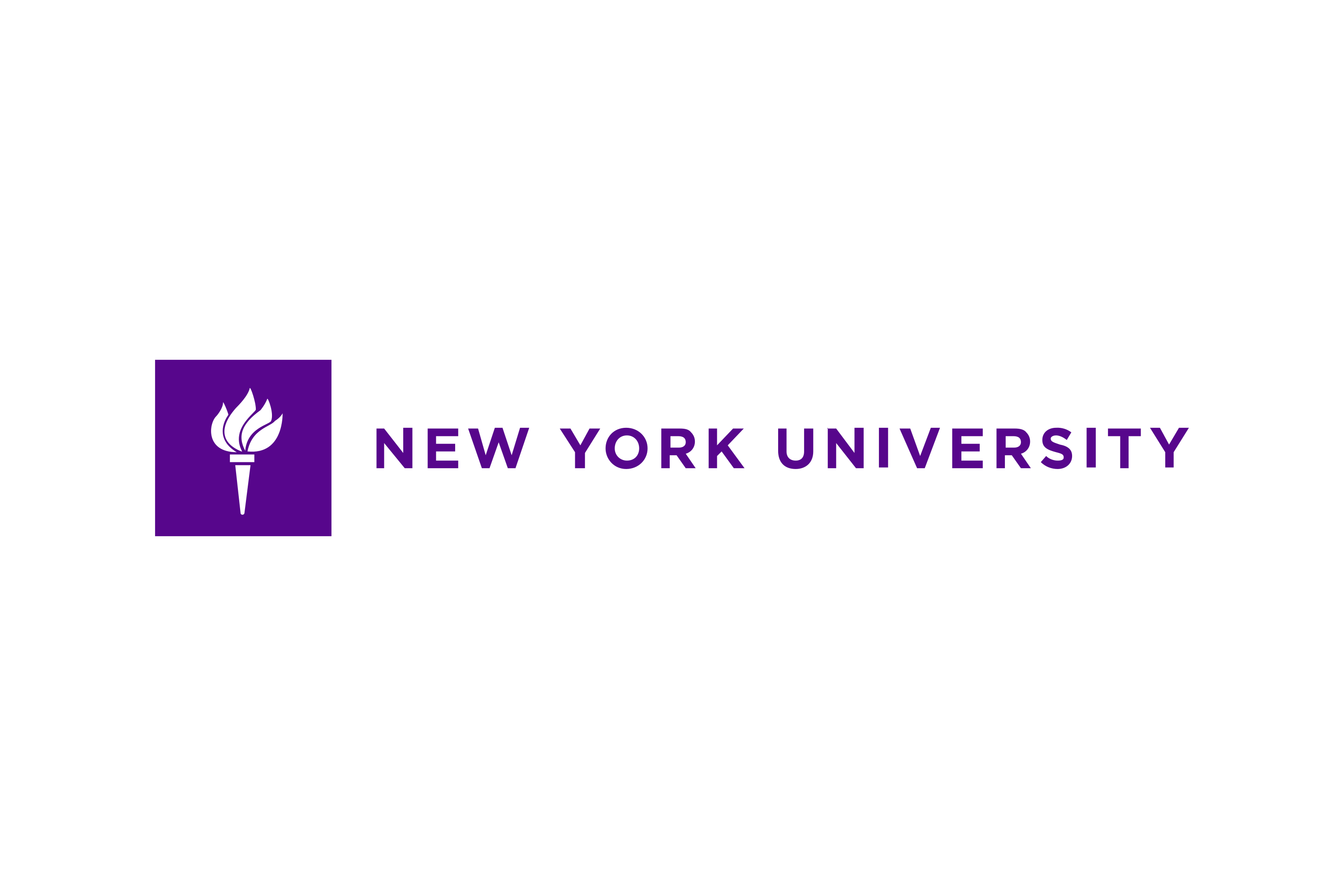New York University: Transformational Gift Leads to Welcome Changes for the Grey Art Gallery at NYU
The Grey Art Gallery, New York University’s widely admired fine arts museum, is pleased to announce a major gift from Dr. James Cottrell and Mr. Joseph Lovett, longtime art patrons, social activists, and downtown Manhattan residents. The gift includes over 200 artworks from their extensive collection of downtown New York artists from the past 50 years.
While the Grey—which closed in March 2020 because of the pandemic—had previously been planning to undertake renovations, the gift has enabled the museum to explore a more ambitious plan. Staff members are working with Ennead Architects to design renovated facilities that will highlight the importance of the arts on campus and reshape 2 the visitor experience for all audiences. Key among the major anticipated improvements are a named Cottrell-Lovett Gallery and the creation of the Cottrell-Lovett Study Center, which will enable researchers, faculty, and students to have more direct access to the collection of nearly 6,000 objects.
“Although we have missed mounting exhibitions and welcoming the public and the NYU community, we are elated to have received this truly transformational gift from longtime friends and dedicated supporters of downtown artists,” notes Lynn Gumpert, Director of the Grey Art Gallery. “The new study center—which will allow for up-close educational experiences with our collection—is, simply put, a dream come true.”
Once the renovations are completed, the gallery will be renamed the Grey Art Museum. The Grey was founded by art patron and collector Abby Weed Grey, and was inaugurated in 1975 as the Grey Art Gallery and Study Center, adopting the shortened version of its name in 1998. NYU President Andrew Hamilton notes, “The Grey Art Gallery has long been an NYU treasure and a showcase for thoughtful, unique, and innovative shows that benefit both the NYU community and the City’s art scene at large. Now, thanks to Jim and Joe’s vision and support, we can expand on the Grey’s strengths—in particular its connection to and integration with a vibrant research university—as it transforms into a museum with a decidedly downtown identity.”
Dr. Cottrell and Mr. Lovett’s generous gift of artworks by Lower Manhattan artists will greatly enhance the New York University Art Collection and NYU’s remarkable archival holdings on the downtown scene. Dr. Cottrell and Mr. Lovett remark, “We could not be happier with our decision to make this transformational gift to NYU, and to the wider downtown Manhattan neighborhood that has been our home for more than four decades. We are especially proud to create a lasting impact via the Grey Art Gallery, which has long demonstrated a vested interest in documenting the historical and cultural impact of the local art scene and which shares our commitment to LGBTQ+ issues, disability studies, anti-censorship, and accessibility for physically, socially, developmentally, and financially marginalized people.”
The Cottrell-Lovett gift also complements the Grey’s deep ties to the Fales Library Downtown Collection at NYU Special Collections, the most comprehensive research facility to document the downtown arts scene that evolved in SoHo and the Lower East Side from the 1970s through the early 1990s. By donating some 200 artworks by artists who worked in NYU’s neighborhood of Lower Manhattan, Dr. Cottrell and Mr. Lovett will significantly expand the Grey’s existing holdings, particularly with the addition of artworks by figures from the latter half of the twentieth century. Among these artists are Donald Baechler, Jean-Michel Basquiat, Barton Lidice Beneš, Roland Flexner, Keith Haring, Deborah Kass, Robert Mapplethorpe, and Dana Schutz.
The Grey will welcome visitors back to its historic location on Washington Square East in spring 2022 for the exhibition Mostly New: Selections from the NYU Art Collection. Gumpert adds, “This exhibition gives us the opportunity to display some of the works 3 that Jim and Joe have generously donated to the NYU Art Collection, along with other treasures from the Collection, before renovations begin.”
Intermittent updates about ongoing capital projects and programming will be posted on the museum’s website. Please reach out to Allegra Favila, Press Officer and Assistant to the Director, at [email protected] with questions.
Dr. James E. Cottrell, a past president of the American Society of Anesthesiologists, began his New York medical career at NYU—where he was an associate professor of anesthesiology before serving as Chairman of Anesthesiology at SUNY Downstate Medical Center in Brooklyn for forty years. He holds the rank of Distinguished Service Professor and is currently chairman emeritus. He is also the Garry and Sarah Sklar Endowed Professor and a Regent at Large for the University of the State of New York. Dr. Cottrell was the Editor-in-Chief of the Journal of Neurosurgical Anesthesiology and helped found this subspecialty. His current research is on memory and cognitive dysfunction after anesthesia and surgery for neonates and the elderly.
Mr. Joseph Lovett is a Peabody award-winning documentary filmmaker who produced the first gay-positive report for network television in 1977 (CBS). After producing early television investigations on government inaction during the AIDS epidemic at ABC News 20/20, Lovett founded Lovett Stories and Strategies in 1989 where he has focused on public health, creating In A New Light, a series of AIDS education specials for ABC; Cancer: evolution to Revolution (HBO); Gay Sex in the 70s (Sundance Channel); and Going Blind: Coming out of the Dark about Vision Loss (PBS). His latest film is Children of the Inquisition: Their Stories Can Now be Told.
Together, they have been collecting art for more than forty years. As a young SoHo couple, Dr. Cottrell and Mr. Lovett grew their art collection based on their personal vision and vital friendships with artists. The pair was active in the neighborhood’s booming art scene and engaged in activism around the HIV/AIDS epidemic—many artworks entered their collection through fundraising auctions. One such acquisition, an early drawing by Jean-Michel Basquiat, was purchased at the first AIDS auction for the Gay Men’s Health Crisis.

